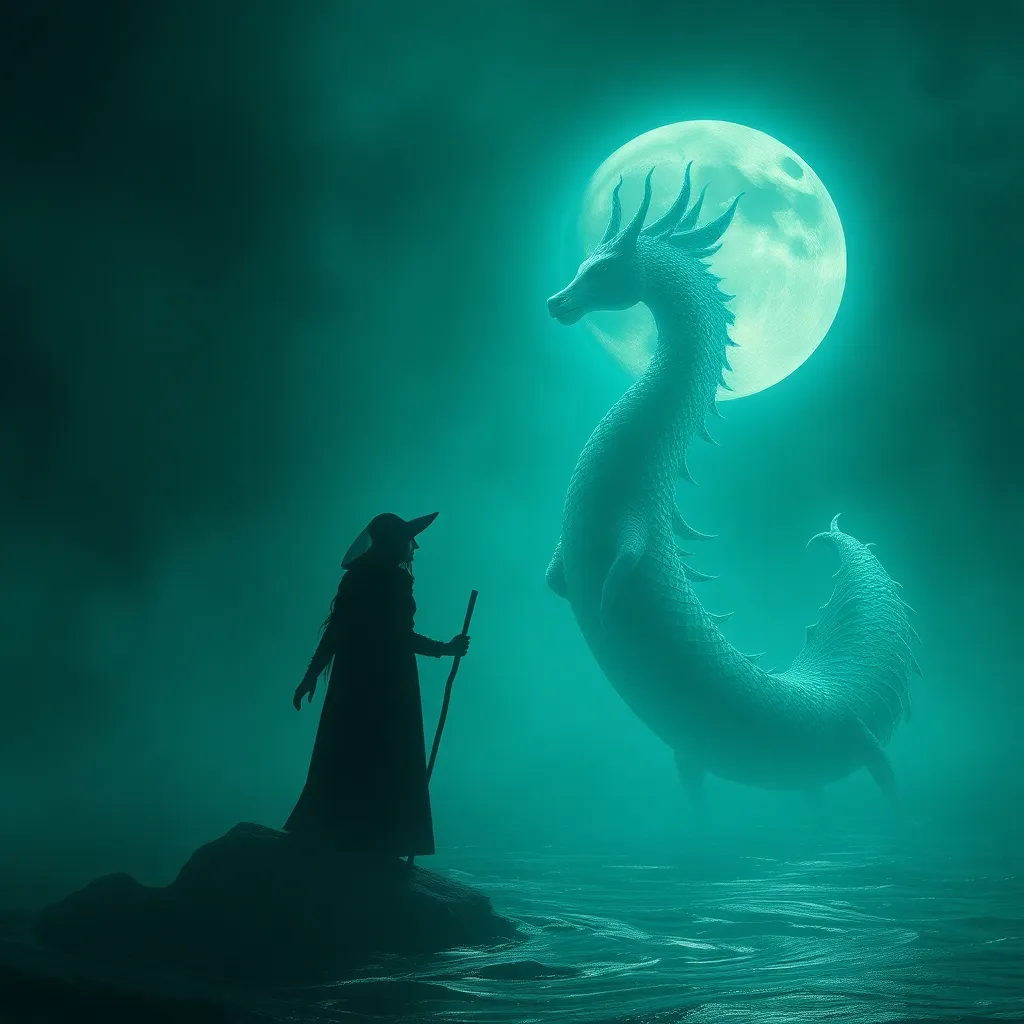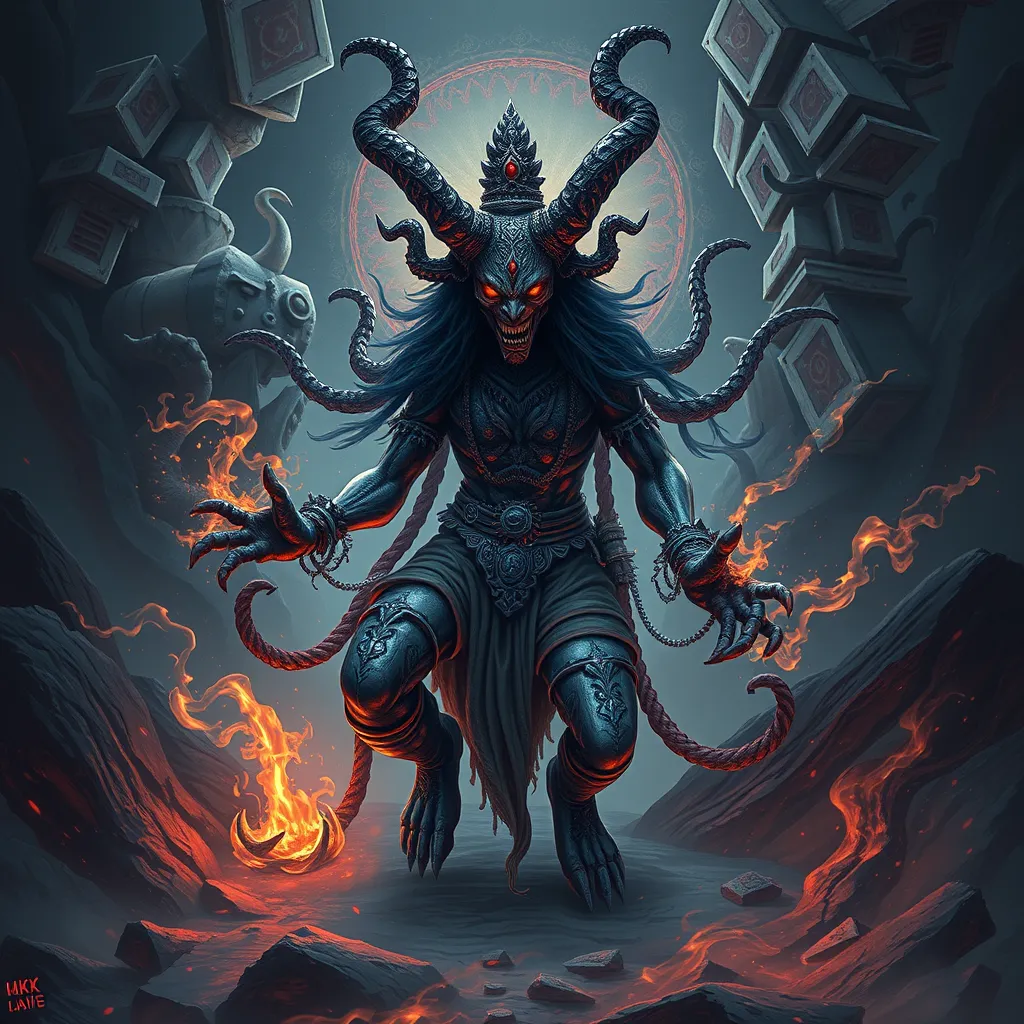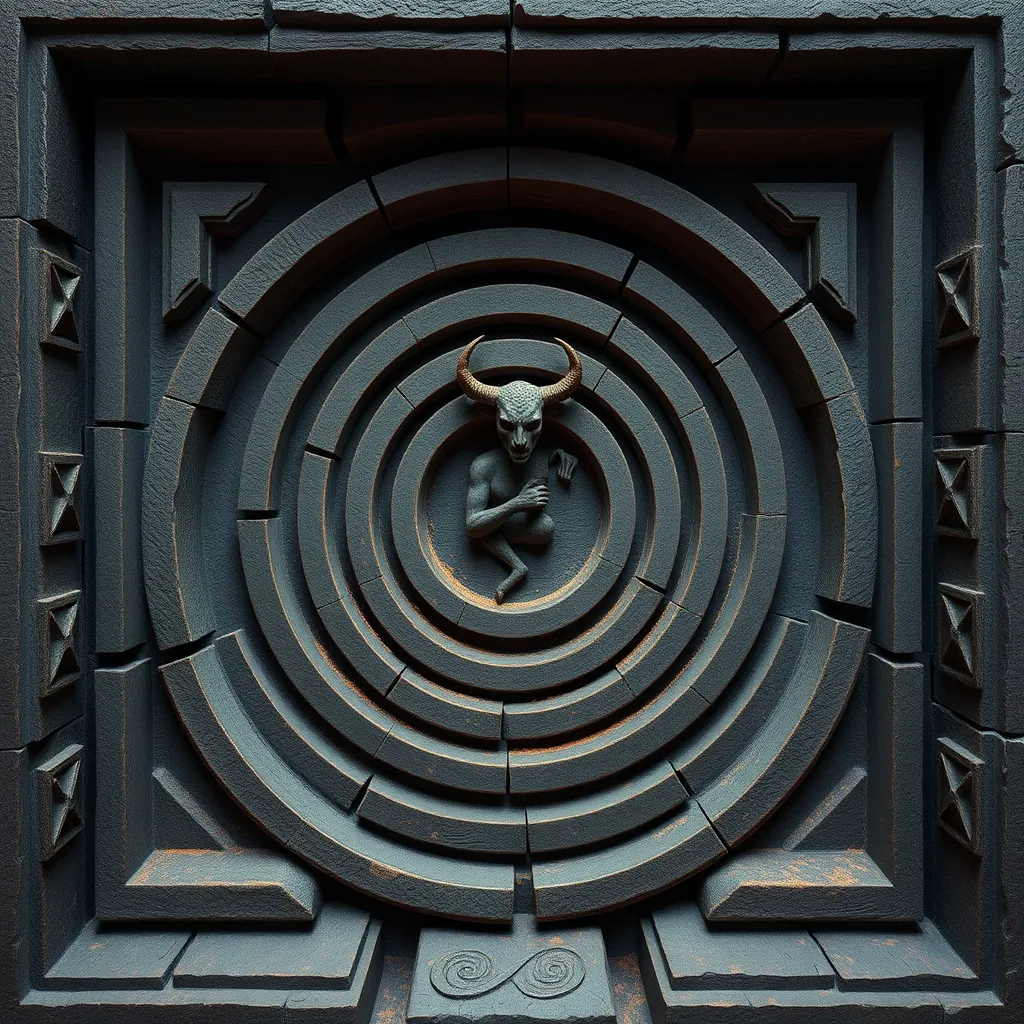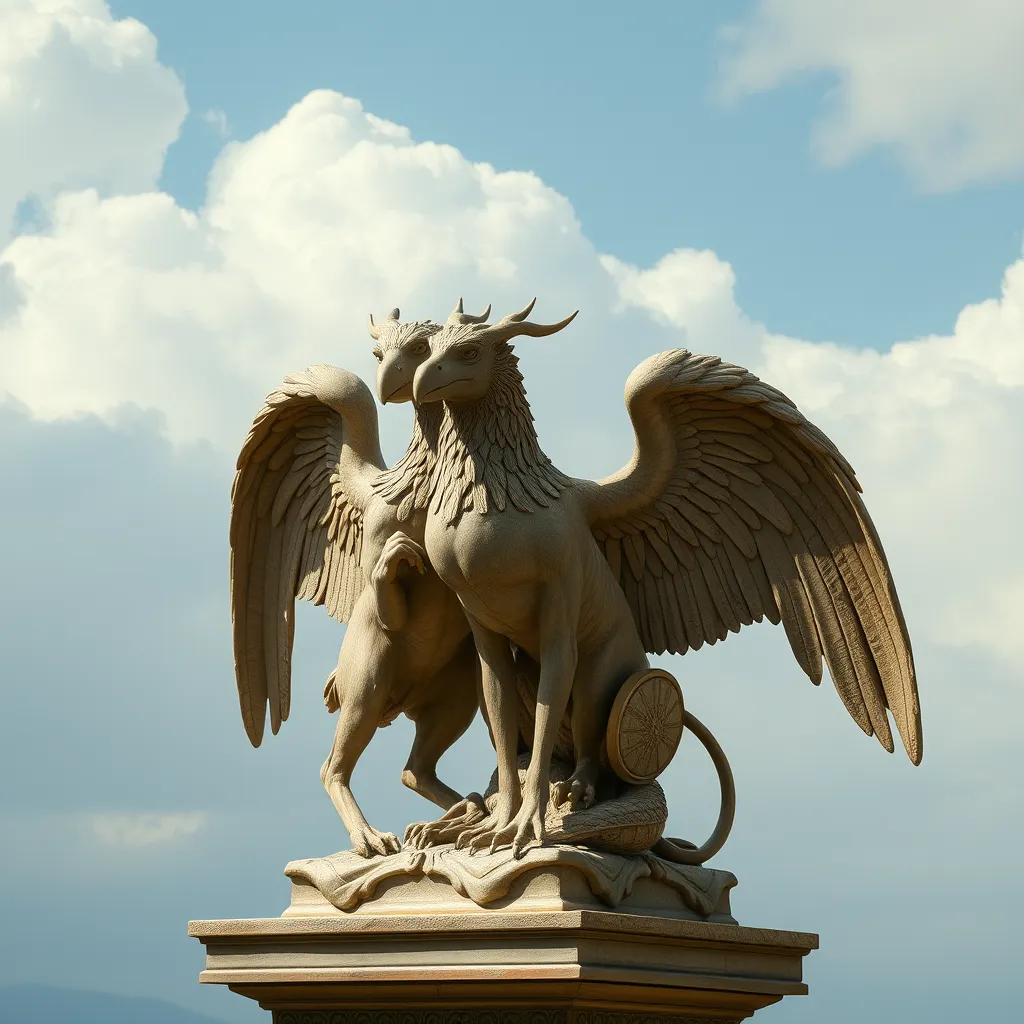The Kelpie and the Witch: Exploring the Interplay Between Mythological Beings
I. Introduction
In the rich tapestry of mythology, Kelpies and Witches hold a significant place within the folklore of various cultures, particularly in Scotland. Kelpies are water spirits known for their shape-shifting abilities, while Witches are often portrayed as women with magical powers that can invoke fear or admiration. This article aims to delve into the intricate relationships between these mythological beings, exploring their origins, characteristics, and the thematic connections that bind them. By examining these figures, we can gain a deeper understanding of their cultural significance and the human psyche’s response to the unknown and the supernatural.
II. The Kelpie: Origins and Characteristics
The Kelpie has its roots deeply embedded in Scottish folklore, where it has been a part of the oral traditions and stories told by the Scottish people for centuries. The Kelpie is often depicted as a horse that inhabits rivers and lakes, luring unsuspecting travelers to their doom.
A. Historical roots in Scottish folklore
The earliest accounts of Kelpies can be traced back to the 16th century, with references found in various Scottish texts. Over time, these creatures evolved and became a staple of Scottish legends, embodying the unpredictability of nature and the dangers associated with water bodies.
B. Physical descriptions and common traits
Kelpies are typically described as beautiful horses but possess a dark and sinister nature. Their common traits include:
- Shape-shifting abilities, often transforming into a human or a more fearsome creature.
- A deceptive beauty that lures victims.
- A strong connection to water, often associated with rivers and lakes.
C. Symbolism and themes associated with Kelpies
Symbolically, Kelpies represent:
- The dangers of temptation and deception.
- The unpredictability of nature.
- The duality of beauty and danger.
III. The Witch: An Overview of Mythological Depictions
The figure of the witch has undergone significant transformations throughout history, evolving from a feared outcast to a symbol of empowerment in various narratives.
A. Historical evolution of the witch archetype
In medieval Europe, witches were often associated with evil and were prosecuted during witch hunts. However, in contemporary interpretations, they can also represent wisdom, healing, and feminine power.
B. Common characteristics and powers attributed to witches
Witches are commonly depicted with the following characteristics:
- Possession of magical powers, often linked to nature.
- Ability to cast spells and brew potions.
- Association with animals, particularly cats and birds.
C. Cultural variations in the portrayal of witches
Different cultures have their interpretations of witches:
- In Western folklore, witches are often seen as malevolent figures.
- In other cultures, such as in some Native American traditions, they may be viewed as wise women or healers.
IV. The Interplay Between Kelpies and Witches
Both Kelpies and Witches share thematic elements that reveal deeper psychological and social truths about humanity.
A. Shared themes of transformation and deception
Both Kelpies and Witches embody transformation and deception. Kelpies can change forms to trick travelers, while Witches often disguise their true selves to manipulate or assist others. These shared traits highlight the complexity of identity and the masks people wear.
B. Stories and folklore where Kelpies and Witches intersect
Folklore often intertwines the narratives of Kelpies and Witches. For example, tales where witches summon Kelpies to assist in their magical endeavors or where Kelpies deceive witches showcase their interconnectedness.
C. The role of water in both mythologies
Water is a potent symbol in both Kelpie and Witch mythology, representing the subconscious, transformation, and the unknown. The fluidity of water mirrors the changeable nature of both Kelpies and Witches, reinforcing themes of mystery and danger.
V. The Kelpie and the Witch in Literature and Art
Kelpies and Witches have inspired countless literary and artistic works throughout history.
A. Notable literary works featuring Kelpies and Witches
Some notable works include:
- The Water-Babies by Charles Kingsley, which features themes of transformation and the supernatural.
- Shakespeare’s Macbeth, which includes witches that manipulate fate and destiny.
B. Artistic depictions and their significance
Artists have portrayed Kelpies and Witches in various forms:
- Paintings that depict the ethereal beauty of Kelpies, often highlighting their dual nature.
- Sculptures of witches, portraying them in both fearful and empowering lights.
C. Modern interpretations and adaptations
In modern media, Kelpies and Witches are often reimagined in films, novels, and television shows, allowing for new interpretations that resonate with contemporary audiences.
VI. Psychological and Symbolic Interpretations
The archetypes of Kelpies and Witches can be analyzed from psychological and symbolic perspectives.
A. Archetypal analysis of Kelpies and Witches
Kelpies often symbolize the unconscious mind, while Witches may represent the archetypal feminine. Together, they explore the duality of creation and destruction, allure and danger.
B. The significance of fear and fascination in mythology
Both Kelpies and Witches evoke a sense of fear and fascination, reflecting humanity’s struggle with the unknown and the supernatural. These figures challenge societal norms and provoke introspection about power and vulnerability.
C. Gender implications within the narratives
The narratives surrounding Kelpies and Witches often reveal gender dynamics, with witches frequently portrayed as powerful yet marginalized figures, while Kelpies reflect the allure and danger traditionally associated with femininity.
VII. Contemporary Relevance of Kelpies and Witches
In today’s world, there is a revival of interest in folklore and mythology, with Kelpies and Witches gaining new relevance.
A. Revival of interest in folklore and mythology
Modern audiences are increasingly drawn to stories that reflect ancient traditions, leading to a resurgence of interest in Kelpies and Witches within literature, film, and art.
B. Influence on modern media and popular culture
Kelpies and Witches have influenced various forms of media, appearing in:
- Fantasy novels.
- Television series.
- Movies that explore themes of magic and the supernatural.
C. Environmental themes and the representation of nature
The connection of Kelpies to water and the associations of Witches with nature highlight contemporary environmental themes, emphasizing the importance of respecting and understanding the natural world.
VIII. Conclusion
This exploration of Kelpies and Witches reveals the intricate connections between these mythological



